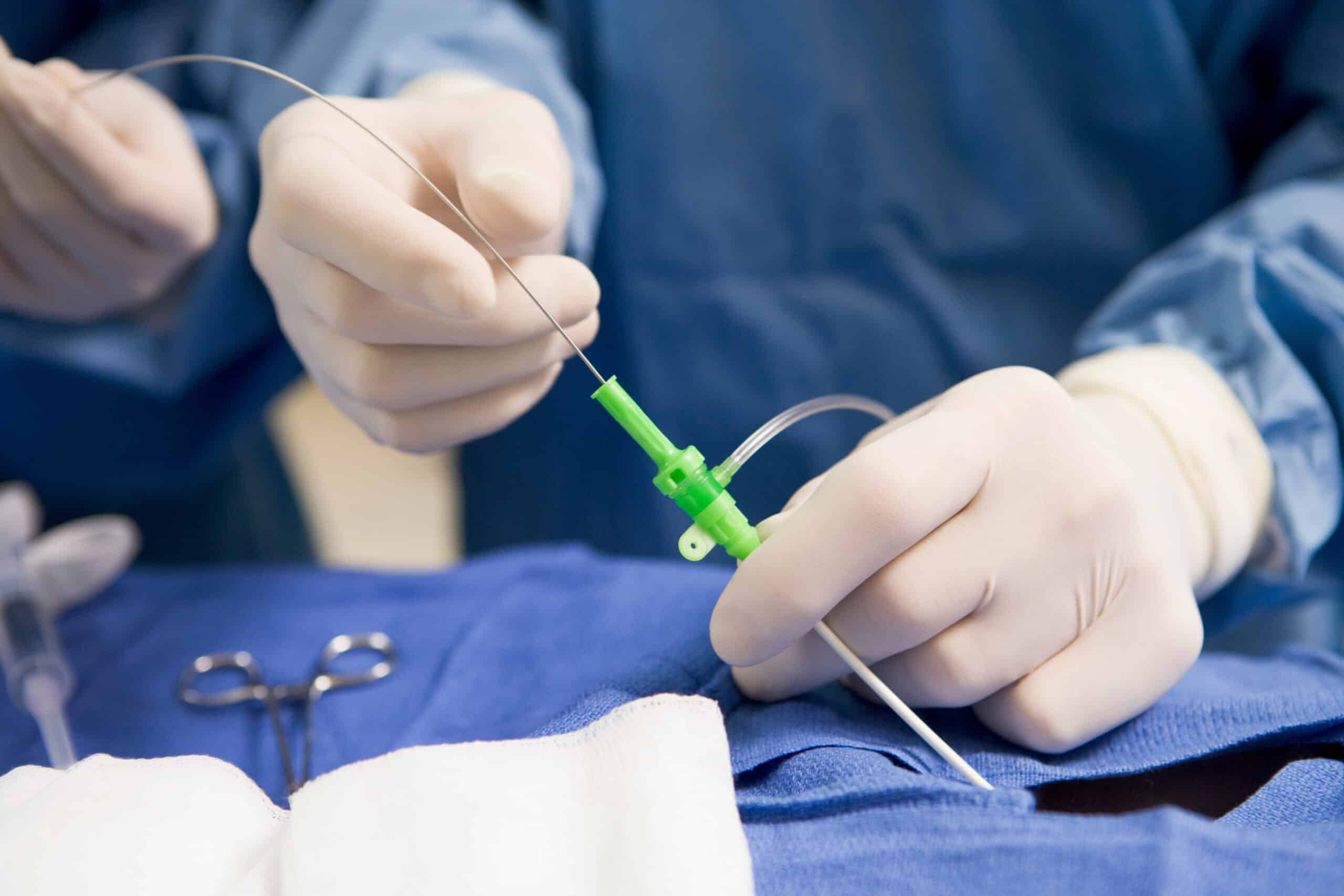Introduction
Peripheral vascular surgery (PVS) is a dynamic field that continues to evolve with advancements in technology, techniques, and understanding of vascular diseases. As the prevalence of peripheral artery disease (PAD) and other vascular conditions rises, the future of PVS is poised to enhance patient outcomes through innovation and improved practices. This article explores key trends, emerging technologies, and the future direction of peripheral vascular surgery.
Emerging Technologies
- Minimally Invasive Techniques: The shift towards minimally invasive procedures is revolutionizing PVS. Techniques such as endovascular therapy allow surgeons to treat vascular conditions with smaller incisions, leading to reduced recovery times, less postoperative pain, and lower complication rates. The development of advanced imaging technologies, such as intraoperative ultrasound and 3D imaging, aids in precise navigation and treatment.
- Robotics and Automation: Robotic-assisted surgery is making strides in PVS, providing surgeons with enhanced precision and control during complex procedures. These systems can facilitate intricate tasks, reduce human error, and improve surgical outcomes. As robotic technology advances, its integration into routine practices may become more widespread.
- Bioengineered Materials: The development of bioengineered grafts and stents is set to improve the longevity and success rates of vascular interventions. These materials can promote tissue growth, reduce the risk of rejection, and enhance the overall healing process.
Personalized Medicine
The future of PVS will increasingly incorporate personalized medicine, tailoring treatment approaches to individual patients based on their genetic profiles, lifestyle factors, and specific disease characteristics. Advances in genomics and biomarkers will enable vascular surgeons to better predict disease progression and select the most effective treatment options.
Telemedicine and Remote Monitoring
The rise of telemedicine is transforming patient care in peripheral vascular surgery. Remote consultations allow patients to receive expert advice without the need for in-person visits, improving access to care, especially for those in rural areas. Furthermore, wearable technology and mobile health apps can facilitate continuous monitoring of patients’ vascular health, enabling timely interventions and proactive management of conditions.
Interdisciplinary Collaboration
Future advancements in PVS will likely stem from increased collaboration between vascular surgeons, cardiologists, radiologists, and other healthcare professionals. This interdisciplinary approach can lead to comprehensive treatment plans that address the multifaceted nature of vascular diseases, ultimately improving patient outcomes.
Education and Training
As the field evolves, ongoing education and training for vascular surgeons will be essential. The incorporation of simulation-based learning and virtual reality training programs will enhance surgical skills and preparedness, enabling surgeons to adopt new techniques and technologies effectively.
Patient-Centered Care
The future of PVS will place a stronger emphasis on patient-centered care. Engaging patients in their treatment decisions, providing education about their conditions, and fostering open communication will be crucial for improving adherence to treatment plans and enhancing overall satisfaction.
Conclusion
The future of peripheral vascular surgery is bright, with innovations poised to enhance the quality of care for patients with vascular diseases. As technology advances, the field will embrace minimally invasive techniques, personalized medicine, and interdisciplinary collaboration, all aimed at improving patient outcomes. By prioritizing education, patient engagement, and the adoption of new technologies, vascular surgeons can navigate the future landscape of PVS with confidence.
For the latest updates and insights on peripheral vascular surgery, stay connected with us at pvss.org. Together, we can shape the future of vascular health!
